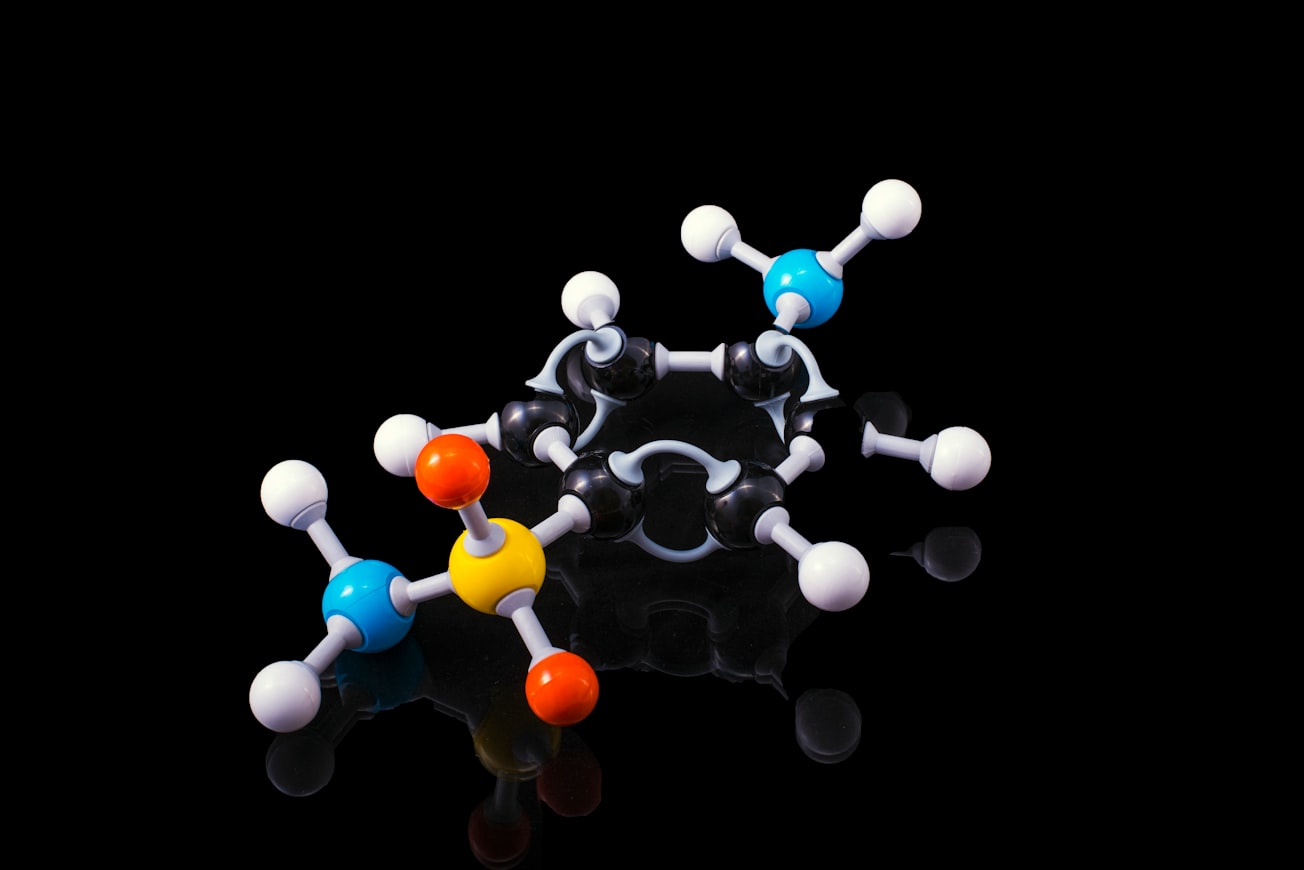What is it about?
The bond index values estimated in this study for the major classes of noncovalent interaction (weak interactions: hydrogen bond, halogen bonds, and chalcogen bonds) place them on a scale representing their relative strengths, in conjunction with a chemist’s notion of bonds.
Featured Image

Photo by Terry Vlisidis on Unsplash
Why is it important?
The question of whether intermolecular interactions in crystals originate from localized atom-atom interactions or as a result of holistic molecule-molecule close packing is a matter of continuing debate. In this context, the newly introduced Roby–Gould bond indices are reported for intermolecular ‘-hole’ interactions, such as halogen bonding and chalcogen bonding, and compared with those for hydrogen bonds. A series of 97 crystal systems exhibiting these interaction motifs obtained from the Cambridge Structural Database (CSD) has been analyzed. In contrast with conventional bond-order estimations, the new method separately estimates the ionic and covalent bond indices for atom-atom and molecule-molecule bond orders, which shed light on the nature of these interactions. A consistent trend in charge transfer from halogen/ chalcogen bond-acceptor to bond-donor groups has been found in these intermolecular interaction regions via Hirshfeld atomic partitioning of the electron populations. These results, along with the ‘conservation of bond orders’ tested in the interaction regions, establish the significant role of localized atom-atom interactions in the formation of these intermolecular binding motifs.
Read the Original
This page is a summary of: Bond orders for intermolecular interactions in crystals: charge transfer, ionicity and the effect on intramolecular bonds, IUCrJ, August 2018, International Union of Crystallography,
DOI: 10.1107/s2052252518010758.
You can read the full text:
Contributors
The following have contributed to this page










